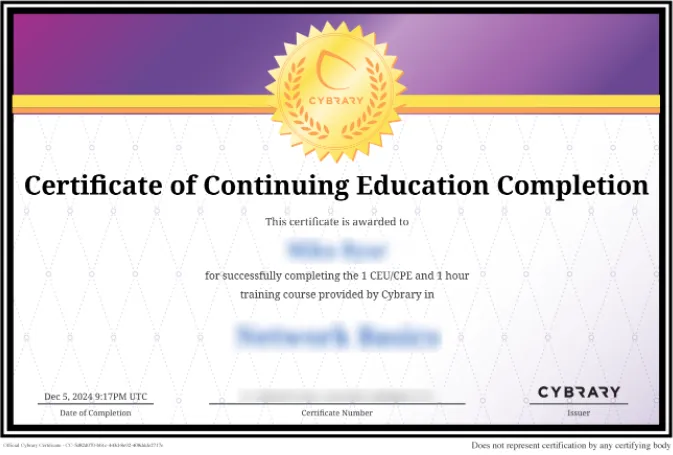Enterprise Security Leadership: Managing Virtual Teams

Course Content
Managing a remote workforce in the year 2020 seemed like the future of the modern workforce, 20 years ago, but it wasn’t until the world was forced into it that management started to realize the true positive and negative implications of a perpetual work-from-home status.
In their 8 Rules for Managing Virtual Teams, the golden rule is to never assume uniform tech competency. Tune in to their discussion and learn what you need to know about effective communication and management for your remote teams.
In this Managing Virtual Teams course you will learn the advantages and challenges of virtual teams, how to make them successful, and provide them with management tips.
Why are Virtual Teams Important?
In 2019, the world never predicted how necessary virtual teams would become. However, the year 2020 taught us, against the current COVID-19 pandemic, was that work teams and managers need to have a strategy for communicating digitally. Also, recognizing that company leaders must adapt and be able to manage their remote teams and meetings effectively. Without virtual teams, COVID-19 would have caused even more problems. Using virtual teams for both work and school environments has helped save the education and the livelihood of many people. As important as it has become to work virtually on a team, its team leaders must know how to manage them.What Does the Managing Virtual Teams Course Cover?
Managing a virtual team can be one of the most challenging tasks in the business today. As a result, many virtual teams fail to be productive, effective, and efficient. To be successful, those leaders of virtual teams have to be prepared to manage their team members remotely using effective communication and technology. The Managing Virtual Teams course covers those requirements and provides specific knowledge and skills that leaders need to enhance their traditional leadership skillset, making them more effective virtual team leaders.Upon completing this course, students will know how to build, manage, and motivate a virtual team. This course is one hour and two minutes of clock time, for which students will earn 1 CEU/CPE and a Certificate of Completion.
Who Should Take the Managing Virtual Teams Course?
The managing virtual reams course is ideal for anyone who:What are the Benefits of Virtual Teams?
Virtual teams offer a tremendous amount of flexibility and freedom compared to traditional office modalities. Some of these benefits include:What are the Challenges of Virtual Teams?
With any new workplace technology or strategy, some challenges must be resolved and overcome. Managing and working in virtual teams is no exception. Virtual teams have been around, but they have never been used to the full extent. As the use of virtual teams has grown, some drawbacks, however, have become more evident. Some of these drawbacks include:How Can You Learn to Manage Virtual Teams Online?
As the virtual team becomes more ubiquitous in today’s workplaces, it is vital to have qualified, knowledgeable managers and leaders to ensure that their teams are successful. In Cybrary’s Managing Virtual Teams’ training course, students will learn how to become such an effective virtual team manager.All of Cybrary’s courses are self-paced and online that allow students to take their time to understand the course material and concepts fully. Even those with a busy schedule can take this course and access it at the times that work best for them. Thus, if you are interested in learning more about managing virtual teams, enroll for this training by clicking the Register button at the top of your screen.


































